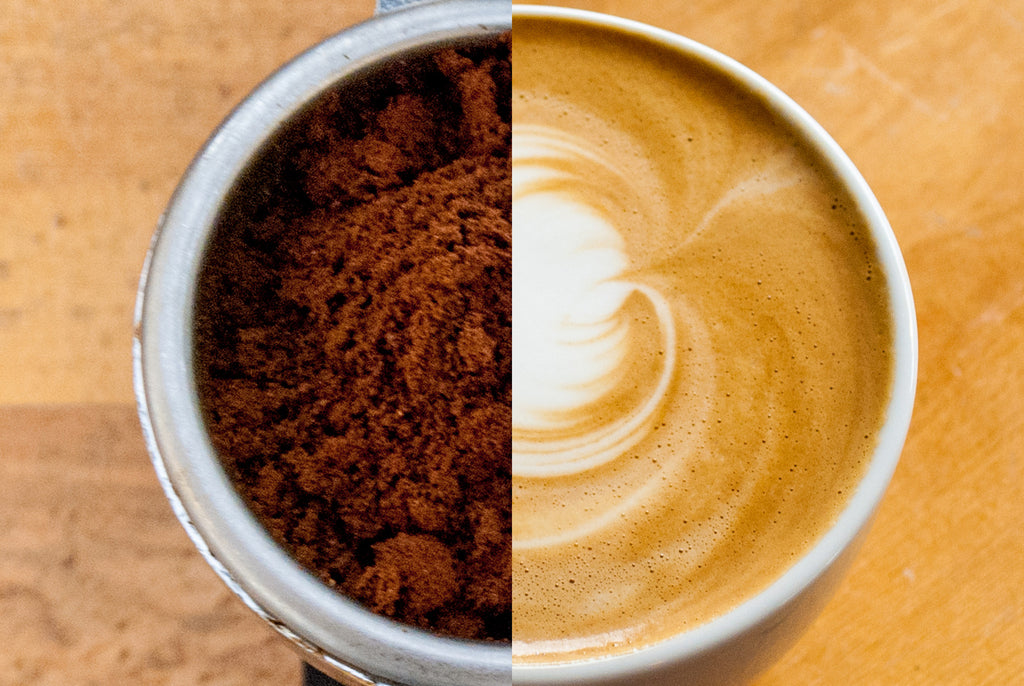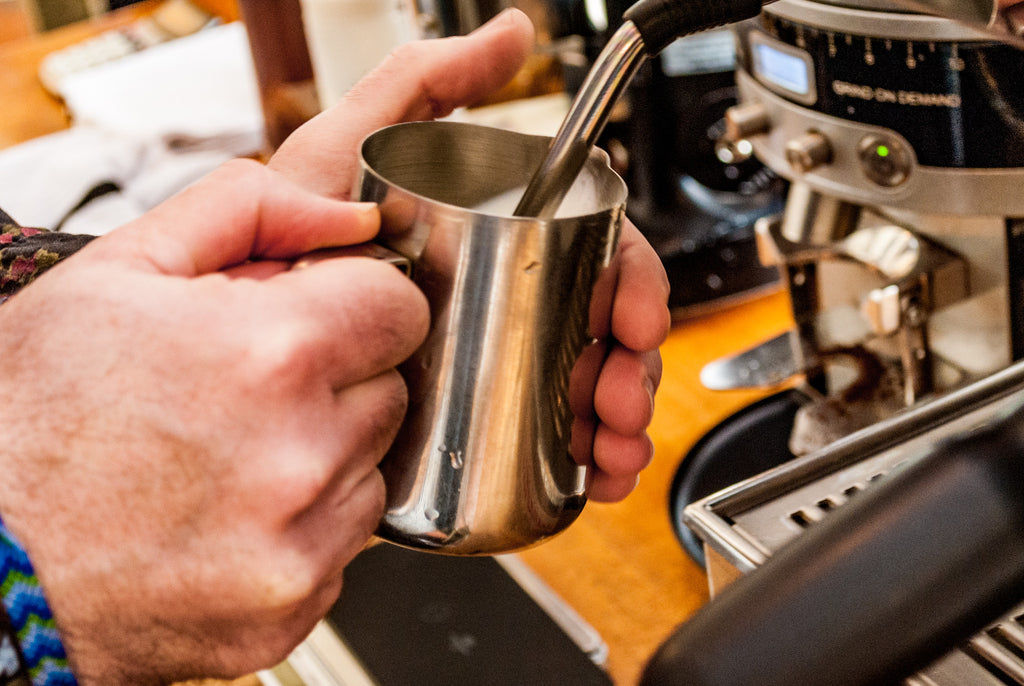
I’ve been making espresso drinks for a lot of years now, as well as training others on the fine points of espresso and milk steaming. Over the years, I’ve picked up various methods for perfecting all elements of the process, from grinding/weighing/tamping to incorporating just the right amount of air into the milk as it heats up, resulting in a velvety-smooth surface without a bubble in sight. But while it may come easily to me now, the learning curve was steep.
However, with advisory counsel from regional corporate managers with high standards to café owners concerned that customers should experience a delicious level of consistency in their beverages from day to day or barista to barista, I learned. And I’ve come to appreciate—perhaps even more than the fussiest manager I’ve ever had—a beautiful drink that tastes exactly the same every single time.
So how does it work?
There are several factors to be concerned about when it comes to consistent drink-crafting. Here are a few:
1. Humidity
That’s right: the weather can turn all our efforts to naught. Coffee for espresso is ground very finely, so when there’s more moisture in the air than usual, that fine grind might be a little too fine, since moisture makes the particles stick together even more, resulting in a shot that packs too tightly, pulls too slowly and ends up overly-sharp and bitter. A conscientious barista pays attention to shot times and weights and adjusts the grind setting accordingly to stay within a set target recipe.

2. Consistent dosing
It may seem fussy, but the best way to pull consistent shots is to use a scale for both inputs and outputs--the ground coffee dosed into the portafilter and the liquid espresso that comes out. Keep those doses consistent within a half a gram at the most. If you don’t have a gram scale, get one.

3. Timing
With every step, timing is important. The whole business of drink-making should only take about a minute, so each step happens quickly. The most common error I’ve seen is a delay between putting the portafilter in the group head and actually pulling the shot. That group head is HOT, friends--believe me, I’ve been burned a few times—and it will burn your coffee before you even brew it. You want that hot water to start moving through your grounds immediately. Your shot should pull in 20-30 seconds. If the one-ounce shot glasses fill up before that, it’s an indication of some inconsistency in one of the previous steps.
Once your shot is pulled, its quality starts diminishing immediately, so it should be used (consumed or mixed) ASAP. Espresso tastes different (and cools off quickly) even after sitting out for as little as ten seconds. So if you’re making a latte (or something else with steamed milk), steam your milk first, then pull your shot. The milk will hold its temperature a lot longer than the espresso will hold its nuanced aromatics.

4. Steaming Milk
It’s not just about heating the milk. Yes, the milk gets hot—but it also increases in volume, because we’re incorporating air into it. You’ve all heard this happen: the distinctive gurgle and whirr when a barista unleashes the power of steam into a pitcher of milk. This success of this step is dependent upon the attention paid to what’s happening inside that pitcher.
If the tip of the wand is too far down into the milk, not enough air (or even none at all) will be forced into the milk, and you’ll end up with zero volume increase and no microfoam. If the tip is too close to the surface of the milk, too much air will come in (that’s when the process gets noisier than necessary) and you’ll have a pitcher full of giant air bubbles, if not a complete mess.
The goal is for a small, steady stream of air to be pulled into the milk, and a whirlpool effect ensues. Many baristas use a thermometer to achieve an exact temperature (150 is plenty hot for a standard drink and cooler is often more delicious), though many of us rely on our sense of touch, pressing a palm against the side of the pitcher. It’s never a bad idea to double check with a thermometer.
Commercial espresso machines have a lot more oomph in their steam wands than you’ll get with most at-home versions. It’s possible to steam lovely milk at home—it’s trickier, but the methods are the same.

5. Pouring
Once you have a warm pitcher of velvety steamed milk with no visible bubbles, it’s time for the fun part. Swirl the pitcher to ensure that the air and milk are evenly incorporated. Then start pouring into the espresso—slowly, a thin stream—from a few inches above. As though the cup were a clock face, think of the handle as 6:00. Pour to 3:00, but not down the inside of the cup. The milk should dive below the surface of the espresso, filling the cup from the bottom and not yet landing on the surface (you should not see any white yet--think of it as a high-dive).
When the cup is about two-thirds full, drop the spout of the pitcher to the surface of the liquid, right in the middle of the cup. Keep pouring slowly and steadily, guiding your milk onto the surface of the drink (think of it as a shallow dive). Your goal is a symmetrical circle in the center of the cup, a bright white dot surrounded by dark brown crema.
Easier said than done? Perhaps. But practice makes perfect!
